Home>diy>Building & Construction>The Importance Of Proper Tools and Machinery At A Construction Site
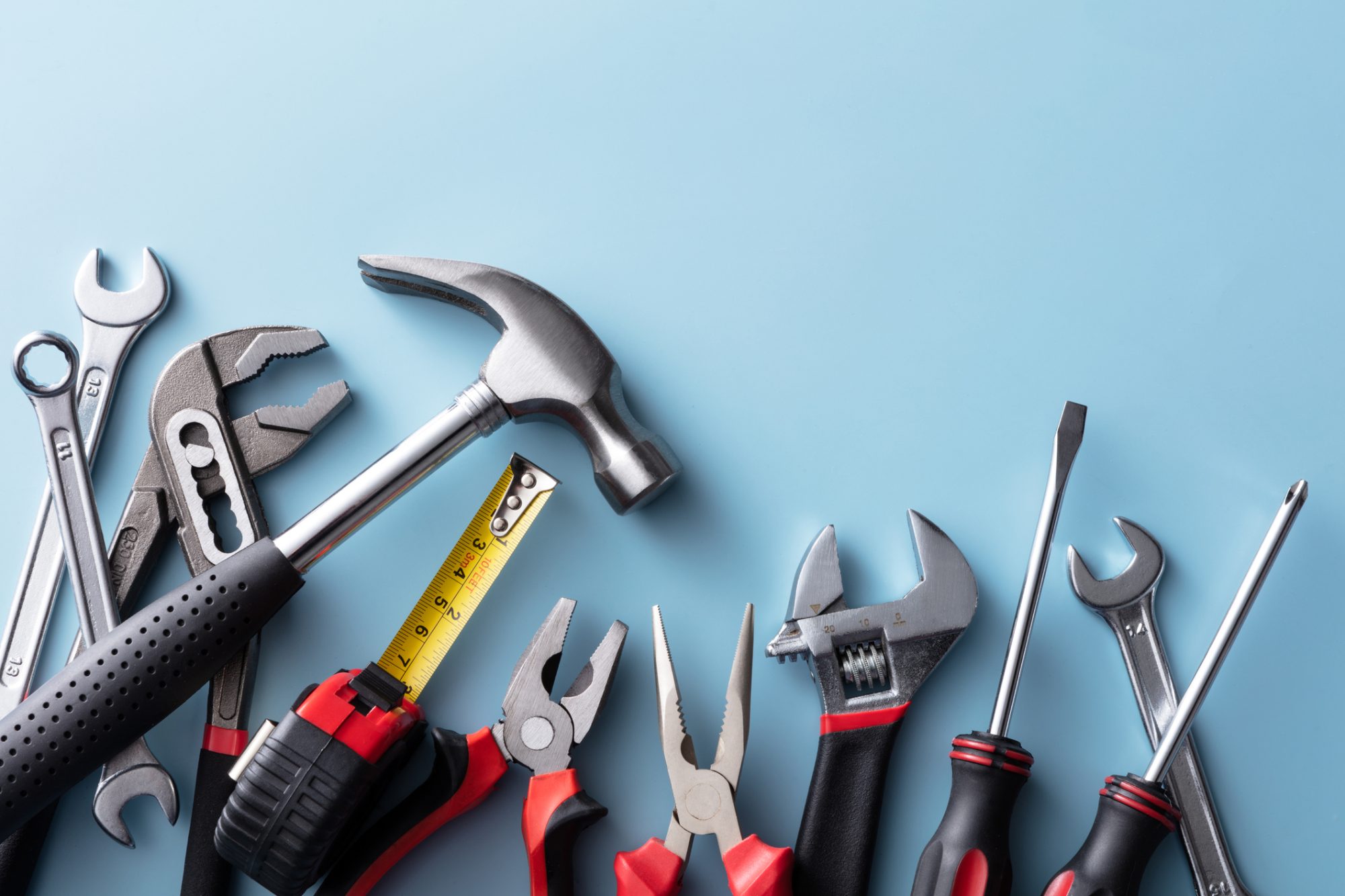

Building & Construction
The Importance Of Proper Tools and Machinery At A Construction Site
Modified: January 4, 2024
Discover the essential products required for a building construction site. From tools to safety equipment, ensure a smooth and secure construction process.
(Many of the links in this article redirect to a specific reviewed product. Your purchase of these products through affiliate links helps to generate commission for Storables.com, at no extra cost. Learn more)
Introduction
When it comes to construction sites, safety and efficiency are of utmost importance. In order to ensure smooth operations and protect the well-being of workers, it is essential to have the right equipment and gear on hand. Whether it’s personal protective equipment (PPE), tools and machinery, construction materials, or communication devices, every product used on a construction site plays a vital role in ensuring a successful project.
In this article, we will delve into the different categories of products that are essential for any construction site. From safety equipment and gear to first aid supplies, we will explore the key items that must be present to maintain a safe and productive work environment.
By understanding the importance of these products, construction companies can not only comply with regulatory requirements but also safeguard their workers from potential risks and accidents.
Let’s delve into the various categories of products that are crucial for a well-equipped construction site.
Key Takeaways:
- Prioritizing safety equipment, personal protective gear, and effective communication devices is crucial for creating a secure and productive construction site, safeguarding workers, and ensuring project success.
- Carefully selecting construction materials, implementing environmental protection measures, and providing first aid supplies are essential for sustainable construction practices, minimizing environmental impact, and promoting worker well-being.
Read more: What Is A Construction Site
Safety Equipment and Gear
When it comes to construction sites, safety should never be compromised. Having the appropriate safety equipment and gear is crucial to protect workers from potential hazards and ensure their well-being. Here are some essential safety products that should be present at every construction site:
- Hard Hats: Hard hats are a fundamental piece of personal protective equipment (PPE) and are designed to protect workers from falling objects, impact, and electrical hazards.
- Safety Glasses: Safety glasses protect the eyes from dust, debris, and other potential eye hazards. They should be shatterproof and provide 99% UV protection.
- Ear Protection: Construction sites can be incredibly noisy, which can lead to hearing damage. Ear plugs or earmuffs are essential to minimize exposure to loud noises.
- High-Visibility Clothing: Construction sites are often busy and filled with various activities. High-visibility vests or jackets are essential for increasing visibility and reducing the risk of accidents.
- Safety Gloves: Different tasks on a construction site may require specific types of gloves. For example, cut-resistant gloves are essential when handling sharp objects, while insulated gloves are necessary for working with electrical equipment.
- Respiratory Protection: Construction sites often generate dust, fumes, and other airborne particles that can be harmful if inhaled. Respiratory masks or respirators should be provided to protect workers from respiratory risks.
- Fall Protection Systems: Construction sites often involve working at heights, which poses a significant fall risk. Safety harnesses, lanyards, and anchor points should be installed to prevent falls and protect workers.
It is vital to regularly inspect and maintain safety equipment and gear to ensure their effectiveness. Providing adequate training and awareness programs to employees about the proper usage of safety equipment is also critical for accident prevention.
By prioritizing safety equipment and gear, construction companies not only comply with industry regulations but also demonstrate their commitment to protecting the well-being of their workforce.
Personal Protective Equipment (PPE)
Personal Protective Equipment (PPE) is a crucial component of safety on construction sites. PPE refers to the gear and clothing that workers wear to protect themselves from potential hazards in the workplace. Here are some key PPE items that should be provided on construction sites:
- Hard Hats: Hard hats are essential for protecting the head from falling objects, flying debris, and other potential impacts. They should be worn by all workers on the site.
- Protective Eyewear: Safety glasses or goggles are necessary to shield the eyes from dust, debris, chemicals, or other harmful substances that could cause eye injuries.
- Hearing Protection: Construction sites are often noisy environments, with constant exposure to loud machinery and equipment. Earplugs or earmuffs should be worn to prevent hearing damage.
- Respiratory Protection: Construction sites often involve tasks that generate harmful dust, fumes, gases, or airborne particles. Respirators or masks should be provided to protect workers from inhaling these hazardous substances.
- Protective Gloves: Workers should wear appropriate gloves, such as cut-resistant gloves, chemical-resistant gloves, or heat-resistant gloves, depending on the nature of the tasks they are performing.
- Protective Footwear: Sturdy and slip-resistant safety boots or shoes are necessary to prevent foot injuries from falling objects, uneven surfaces, or potential hazards on the ground.
- High-Visibility Clothing: Workers should wear reflective and high-visibility clothing to enhance their visibility on a construction site, especially when working in low-light conditions or near moving vehicles.
- Protective Clothing: Depending on the specific hazards present at the construction site, workers might need additional protective clothing, such as flame-resistant clothing, chemical-resistant suits, or body harnesses for fall protection.
It is important for employers to provide the necessary PPE to their employees, ensure proper fitting and maintenance, and provide training on how to use and care for the equipment. Regular inspections of PPE should be conducted to ensure its effectiveness.
By prioritizing the use of Personal Protective Equipment (PPE), construction companies can significantly reduce the risk of workplace injuries and safeguard the well-being of their workers.
Tools and Machinery
Tools and machinery are the backbone of any construction site, enabling workers to perform tasks efficiently and effectively. Having the right tools and machinery ensures that construction projects are completed with accuracy and precision. Here are some essential tools and machinery that every construction site should have:
- Power Tools: Power tools such as drills, saws, and grinders are essential for various construction tasks, including cutting, drilling, and shaping materials. These tools can significantly increase productivity and speed up project completion.
- Hand Tools: Hand tools like hammers, screwdrivers, pliers, and wrenches are indispensable for carrying out smaller tasks and finer details. They are versatile and can be used across a wide range of construction activities.
- Heavy Equipment: Construction sites often require heavy machinery for tasks such as excavation, lifting, and transportation. Examples of heavy equipment include bulldozers, cranes, excavators, and forklifts.
- Scaffolding and Ladders: Scaffolding provides a safe and stable working platform for workers at heights. Ladders are essential for accessing different levels of a structure or performing tasks in elevated areas.
- Mixing Equipment: Construction sites often require the mixing of concrete, mortar, and other materials. Cement mixers, mortar mixers, and concrete pumps are essential for achieving the right consistency and quality.
- Measuring Tools: Accurate measurements are crucial for ensuring precision in construction. Measuring tapes, levels, and laser measuring devices are essential tools for checking dimensions, angles, and alignments.
- Safety Equipment Attachments: Some machinery may require additional safety equipment attachments, such as guards, safety switches, or emergency stops, to enhance worker safety.
It is important to regularly inspect and maintain tools and machinery to ensure their proper functioning and safety. Training workers on the correct usage and maintenance of equipment is essential to prevent accidents and optimize productivity.
By providing the necessary tools and machinery, construction companies can empower their workers to perform their tasks efficiently and contribute to the successful completion of projects.
Construction Materials
Construction materials are the building blocks of any construction project, enabling the creation of structures that are safe, durable, and functional. The choice and availability of construction materials are vital for the successful completion of a construction site. Here are some essential construction materials that are commonly used:
- Concrete: Concrete is one of the most widely used construction materials. It is composed of cement, aggregates, water, and sometimes additives. Concrete is used for foundations, walls, floors, and other structural components.
- Steel: Steel is renowned for its strength and versatility. It is used in structural elements such as beams, columns, and reinforcement bars. Steel is chosen for its high load-bearing capacity and ability to withstand stress.
- Bricks and Blocks: Bricks and blocks are fundamental components in construction. They are used to build walls, partition spaces, and create structural elements. Bricks can be made from clay or concrete, while blocks are typically made of concrete or stone.
- Timber: Timber is popular for its aesthetic appeal and versatility. It is used for framing, flooring, doors, windows, and other architectural elements. Different types of timber, such as hardwood and softwood, offer varying degrees of durability.
- Roofing Materials: Roofing materials vary depending on the design and climate. This includes asphalt shingles, metal roofing, clay or concrete tiles, and thatch. The choice of roofing material affects the overall appearance, insulation, and protection of the building.
- Insulation Materials: Insulation materials such as fiberglass, foam, and cellulose help regulate temperature, reduce energy consumption, and provide soundproofing. Proper insulation is essential for creating a comfortable and energy-efficient environment.
- Waterproofing Materials: Waterproofing materials are essential for protecting structures from water damage. This includes waterproof membranes, sealants, and coatings that prevent water penetration and ensure the longevity of the construction.
- Finishing Materials: Finishing materials add the final touches to a construction project. This includes paints, tiles, flooring materials, and decorative elements that enhance the aesthetics and functionality of the space.
Choosing high-quality and appropriate construction materials is crucial for the durability, safety, and overall performance of the completed project. It is important to source materials from reliable suppliers and adhere to industry standards and regulations.
By carefully selecting and utilizing construction materials, construction companies can ensure that their projects meet the required standards and provide a solid foundation for long-lasting structures.
Ensure that each product used on a construction site has been tested and certified to meet industry standards for safety and quality. This includes materials, tools, equipment, and personal protective gear.
Read more: What To Wear To A Construction Site
Communication Devices
Effective communication is integral to the smooth operation of any construction site. In a dynamic work environment that often involves multiple teams and tasks, having reliable communication devices is essential for coordination, safety, and efficiency. Here are some crucial communication devices used on construction sites:
- Two-Way Radios: Two-way radios, also known as walkie-talkies, are the primary means of communication on construction sites. They allow instant communication between team members, supervisors, and different departments, regardless of their location within the site.
- Mobile Phones: Mobile phones have become indispensable communication tools, providing easy access to calls, messages, emails, and various communication apps. They enable real-time communication and quick information sharing between team members.
- Tablets and Laptops: Tablets and laptops are used for more complex communication tasks, such as accessing project plans, sending and receiving detailed reports, and conducting video conferences or virtual meetings.
- Wireless Headsets: Wireless headsets provide hands-free communication, allowing workers to remain connected while keeping their hands free for other tasks. They are particularly useful for workers operating heavy machinery or working in noisy environments.
- Signal Flags and Whistles: In situations where noise or technology may not be feasible, signal flags or whistles can serve as simple yet effective means of communication for short distances or specific signals.
Having a robust communication system in place improves coordination, enables quick decision-making, and enhances safety on construction sites. It allows for the effective dissemination of information, timely response to emergencies, and seamless collaboration between different teams and stakeholders.
It is essential to establish clear communication protocols and provide training to workers on how to effectively use communication devices. Regular maintenance and charging of devices should be conducted to ensure their availability when needed.
By prioritizing the use of communication devices, construction companies can facilitate efficient communication flow, thereby enhancing productivity, safety, and overall project success.
Site Signage and Markings
Proper signage and markings play a crucial role in maintaining safety and organization on a construction site. They provide essential information, instructions, warnings, and guidance to workers, visitors, and emergency personnel. Here are some key aspects of site signage and markings:
- Warning Signs: Warning signs alert individuals to potential hazards and dangers on the site. These signs may indicate areas with high noise levels, falling objects, slippery surfaces, or other risks. Warning signs help prevent accidents and ensure that workers and visitors are aware of the potential risks.
- Directional Signs: Directional signs guide people through the site, indicating designated entry and exit points, emergency exits, restrooms, first aid stations, and other key locations. These signs help visitors and workers navigate the site safely and efficiently.
- Informational Signs: Informational signs provide important information about the site, such as safety regulations, operating hours, contact information, or specific instructions for visitors and workers. These signs help communicate important details and ensure that everyone is aware of the rules and regulations in place.
- Hazard Markings: Hazard markings are used to demarcate potentially dangerous areas, such as excavation sites, electrical panels, chemical storage areas, or restricted zones. These markings help prevent unauthorized access and remind individuals to exercise caution.
- Construction Zone Markings: Construction zones often require specific markings to indicate restricted areas, traffic flow, lane closures, or detours. These markings help maintain order and ensure the safety of both workers and passersby.
- Emergency Signs: Emergency signs, such as fire escape routes, emergency assembly point signs, and first aid signs, are essential for guiding individuals during emergency situations. These signs enable prompt evacuation and quick access to necessary emergency services.
- Safety Posters and Boards: Safety posters and boards can serve as visual reminders of important safety procedures, protective measures, and emergency contact information. These informative displays help reinforce safety practices and ensure that vital information is readily available.
Site signage and markings should be clear, visible, and in compliance with local regulations and industry standards. Regular inspections and maintenance of signage should be carried out to keep them legible and free from damage.
By implementing proper signage and markings, construction companies can effectively communicate important information, reduce the risk of accidents, and create a safe and organized construction site.
First Aid and Medical Supplies
Construction sites are inherently prone to accidents and injuries. Therefore, having well-stocked first aid kits and medical supplies readily available is crucial for providing immediate care and ensuring the well-being of workers in case of an emergency. Here are some essential first aid and medical supplies that should be present on a construction site:
- First Aid Kits: First aid kits should be easily accessible and strategically placed throughout the construction site. They should be well-stocked with items such as bandages, gauze pads, adhesive tape, antiseptic wipes, splints, scissors, gloves, and CPR masks.
- Medications: Basic over-the-counter medications, such as pain relievers, antihistamines, and antacids, can be included in the first aid kit. However, it is important to have a designated person responsible for dispensing medication and keeping records.
- Eye Wash Stations: Eye wash stations are necessary for flushing out the eyes in case of chemical splashes or other eye injuries. They should be clearly marked and easily accessible in areas where workers are at risk of eye-related hazards.
- Burn Kits: Burn kits containing burn dressings, gel, and burn relief solutions should be available to provide immediate treatment for burns caused by heat, chemicals, or electrical incidents.
- Emergency Medical Equipment: Construction sites should also be equipped with emergency medical equipment, such as stretchers, backboards, and spine immobilization devices, to safely transport injured workers until further medical assistance arrives.
- Emergency Contact Information: Displaying emergency contact numbers, including local hospitals, ambulances, and poison control centers, ensures quick access to critical medical services in the event of an emergency.
- Training and Training Materials: Construction companies should provide first aid and CPR training to selected employees. Additionally, there should be training materials available, such as manuals or posters, that provide step-by-step instructions for administering first aid.
It is crucial to keep first aid kits fully stocked, regularly check expiration dates of medications, and replace used or expired items promptly. Additionally, designated personnel should receive training on how to respond to emergency situations and administer first aid effectively.
By having appropriate first aid and medical supplies on hand, construction companies can provide immediate care to workers in case of injuries, potentially mitigating the severity and consequences of accidents on the construction site.
Environmental Protection Measures
Environmental protection is a critical aspect of responsible construction practices. Construction sites have the potential to impact the environment in various ways, including soil erosion, air pollution, and water contamination. Implementing proper environmental protection measures is essential for minimizing these impacts and ensuring sustainable construction practices. Here are some key measures that should be implemented on construction sites:
- Sediment and Erosion Control: Construction activities can lead to soil erosion and sediment runoff into nearby water bodies. Implementing erosion control measures such as sediment barriers, silt fences, and erosion control mats can help prevent soil erosion and minimize the impact on surrounding ecosystems.
- Stormwater Management: Proper stormwater management is crucial to prevent pollution of nearby water sources. Construction sites should have systems in place to capture and treat stormwater runoff, including sediment ponds, filtration systems, and vegetative buffers.
- Dust Control: Construction sites often generate dust from activities such as excavation and material transportation. Employing preventive measures such as water spraying, dust screens, or using dust suppressants can help reduce airborne dust particles and minimize air pollution in the surrounding area.
- Noise Mitigation: Construction activities can generate significant noise levels, which can be disruptive to the surrounding community. Using sound barriers, acoustic enclosures, or scheduling noisy activities during appropriate hours can help minimize noise pollution and maintain a good relationship with neighboring properties.
- Waste Management: Construction sites produce a substantial amount of waste materials. Implementing effective waste management practices, such as recycling and proper disposal of materials, can reduce the environmental impact and contribute to resource conservation.
- Energy Efficiency: Construction companies can promote energy efficiency by using energy-efficient equipment and implementing energy-saving measures on-site. This includes using LED lighting, efficient HVAC systems, and renewable energy sources whenever possible.
- Biodiversity Conservation: Construction sites should aim to protect and preserve local biodiversity. This can be achieved by minimizing disturbance to natural habitats, creating wildlife-friendly areas, and planting native vegetation to restore and enhance ecosystems.
Implementing and enforcing environmental protection measures requires collaboration and commitment from the construction company, contractors, and workers. It is vital to provide proper training to workers, conduct regular site inspections, and have designated personnel responsible for monitoring and ensuring compliance with environmental regulations.
By incorporating environmental protection measures into construction practices, companies can reduce their ecological footprint, promote sustainable development, and contribute to the preservation of the environment for future generations.
Read more: Who Runs A Construction Site
Conclusion
In conclusion, every product used on a construction site serves a critical purpose in ensuring the success and safety of the project. From safety equipment and personal protective gear to tools and machinery, construction materials, communication devices, site signage, first aid supplies, and environmental protection measures, each item plays an integral role in creating a productive and secure work environment.
By prioritizing safety equipment and gear, construction companies can protect the well-being of their workers and demonstrate their commitment to providing a safe workplace. Personal protective equipment (PPE) such as hard hats, safety glasses, and gloves are essential for safeguarding workers from potential hazards.
The right tools and machinery streamline construction tasks, enhance efficiency, and contribute to the accuracy and precision of the work. Power tools, heavy equipment, and measuring devices are indispensable for various construction activities.
Construction materials form the foundation of any structure and should be carefully selected for durability, functionality, and compliance with regulations. Concrete, steel, bricks, and roofing materials are just a few examples of essential construction materials that contribute to the integrity and longevity of the project.
Clear communication among workers, supervisors, and different teams is crucial for coordination and safety on a construction site. Two-way radios, mobile phones, and wireless headsets facilitate effective communication and ensure that information is conveyed promptly and accurately.
Site signage and markings provide important instructions, warnings, and guidance to workers and visitors. Through warning signs, directional signs, and hazard markings, potential risks can be minimized, and safe navigation through the construction site can be facilitated.
In the event of accidents or injuries, first aid and medical supplies are essential for providing immediate care and mitigating further harm. Properly stocked first aid kits, eye wash stations, and emergency medical equipment are crucial for ensuring the well-being of individuals on the construction site.
Lastly, implementing environmental protection measures is imperative for sustainable construction practices. By controlling sediment and erosion, managing stormwater, minimizing dust and noise pollution, practicing proper waste management, promoting energy efficiency, and conserving biodiversity, construction companies can reduce their environmental impact and contribute to a greener future.
Incorporating these products and measures into construction practices not only ensures compliance with regulations but also enhances the overall success, efficiency, and safety of construction projects. By prioritizing the well-being of workers, preserving the environment, and promoting sustainable practices, construction companies can set a standard of excellence in the industry and leave a positive legacy for future generations.
Frequently Asked Questions about The Importance Of Proper Tools And Machinery At A Construction Site
Was this page helpful?
At Storables.com, we guarantee accurate and reliable information. Our content, validated by Expert Board Contributors, is crafted following stringent Editorial Policies. We're committed to providing you with well-researched, expert-backed insights for all your informational needs.
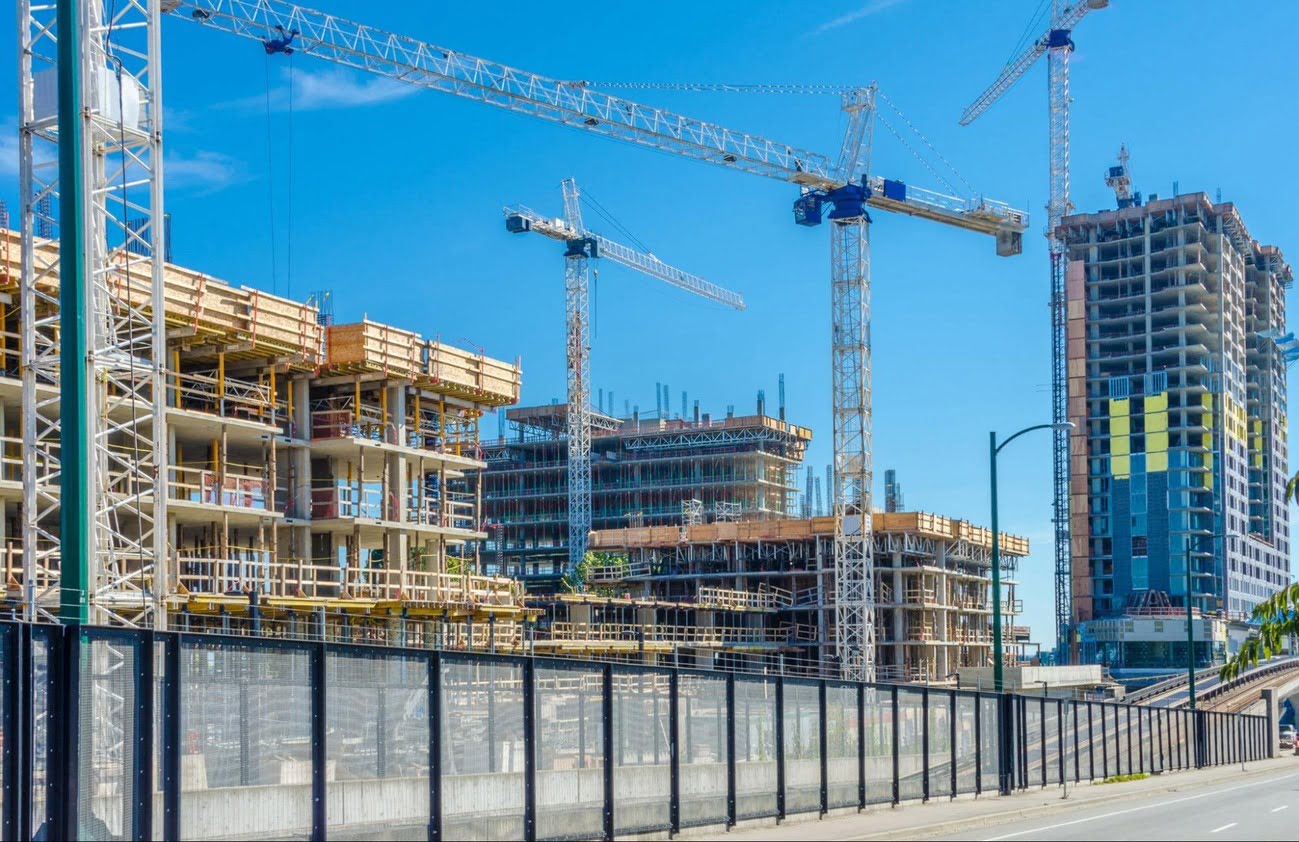
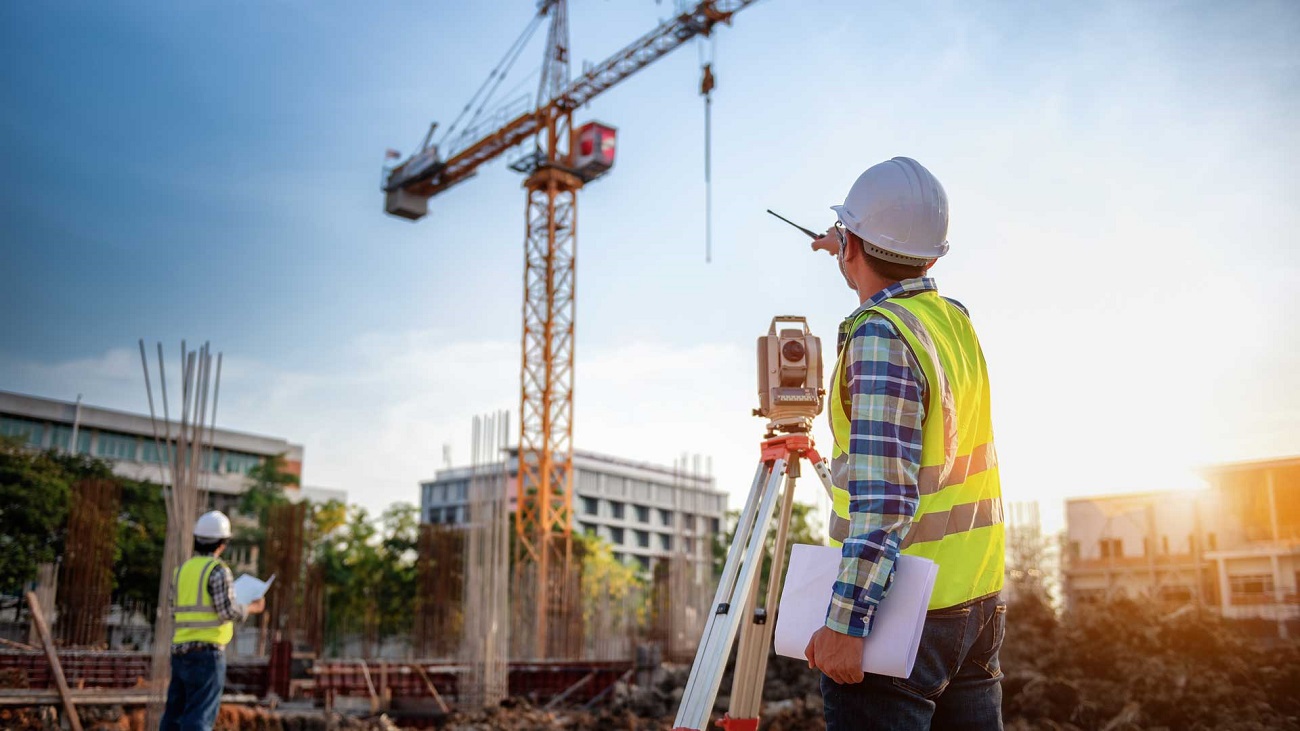
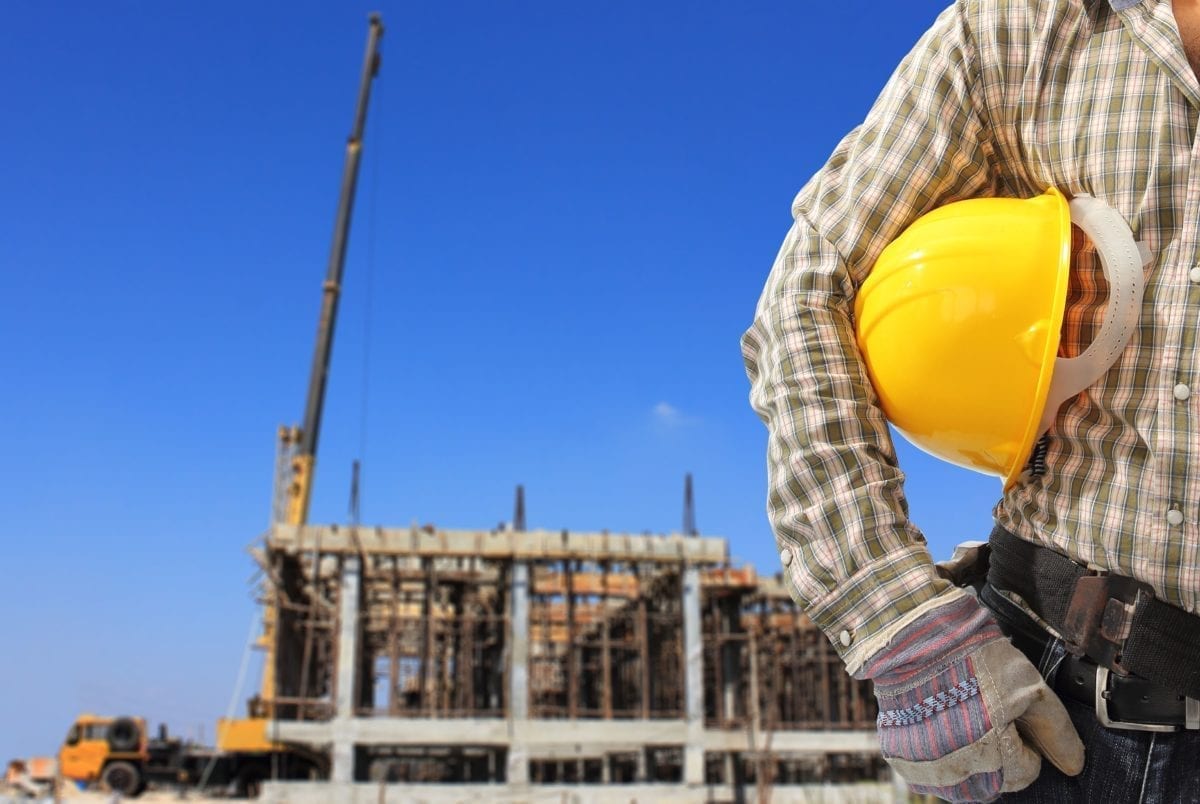
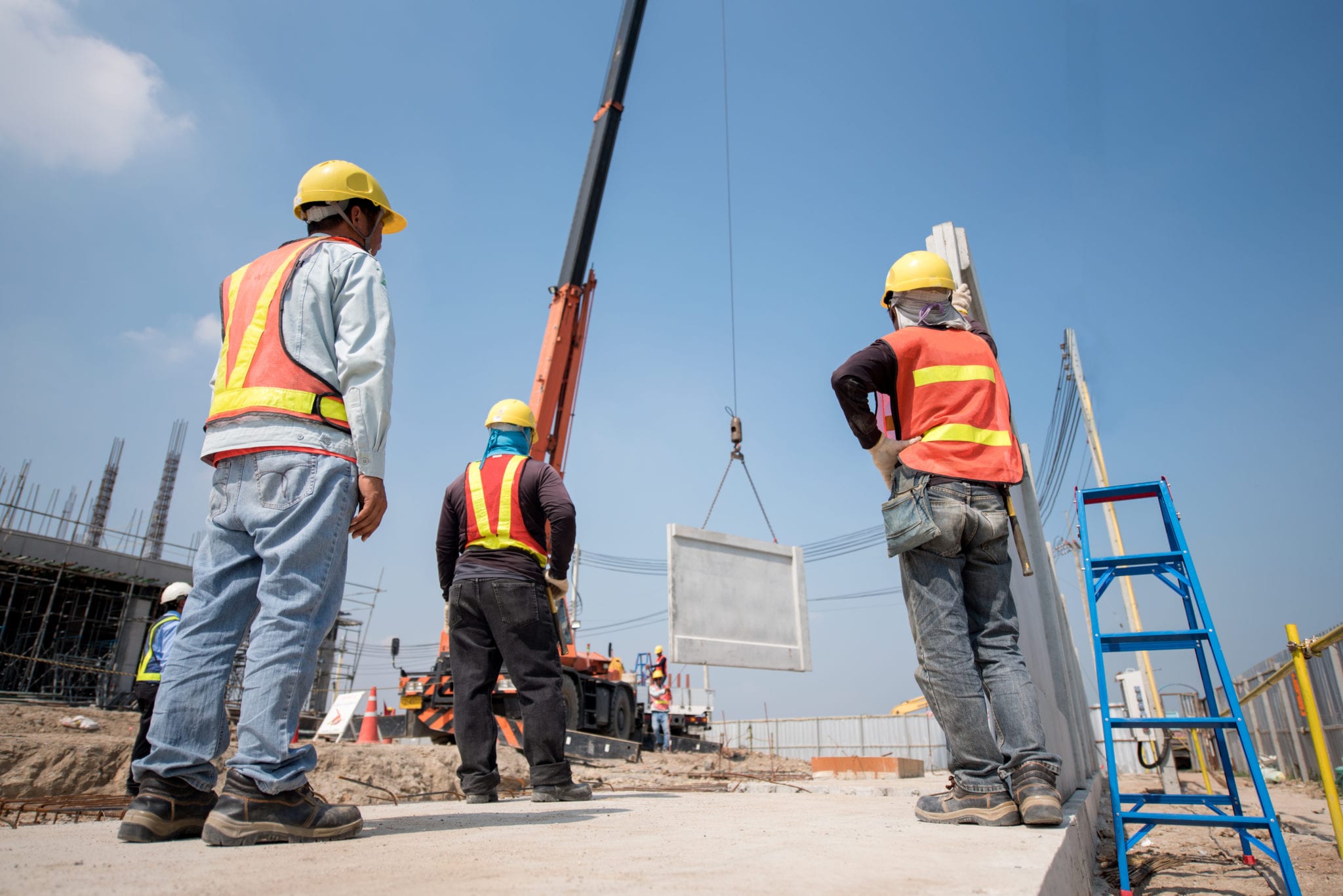
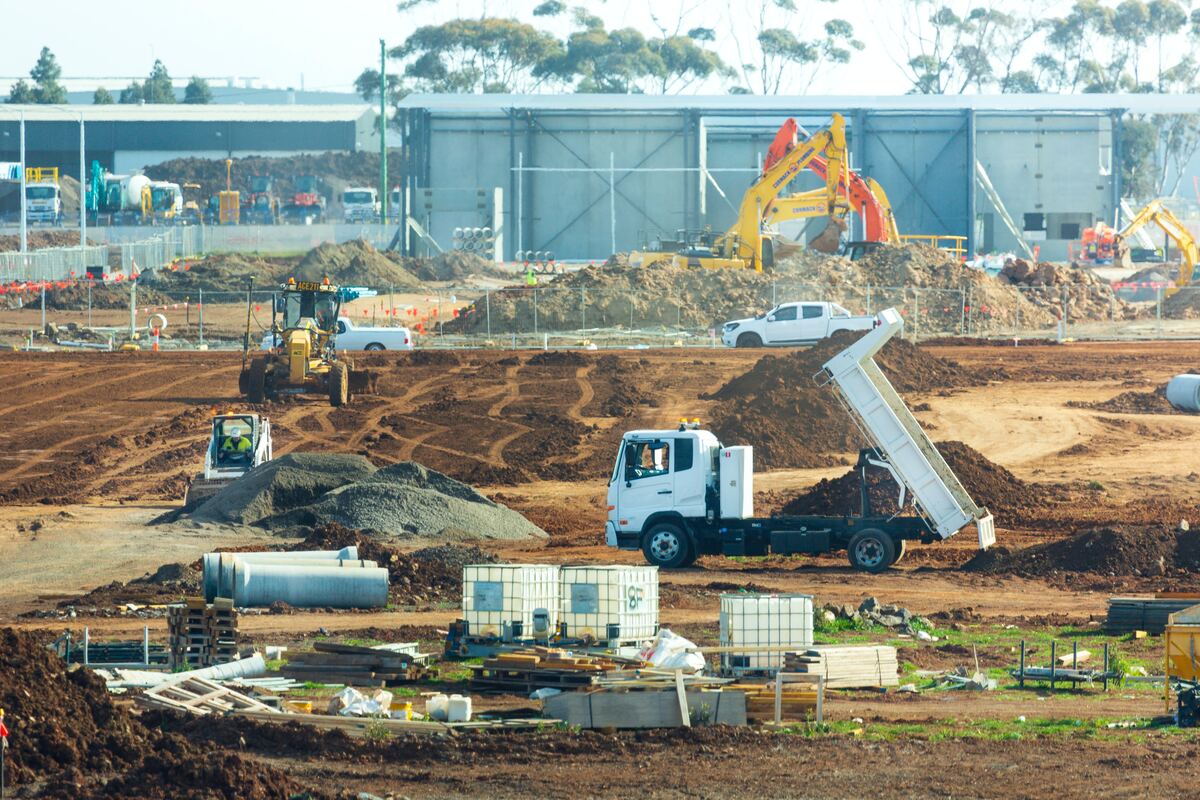
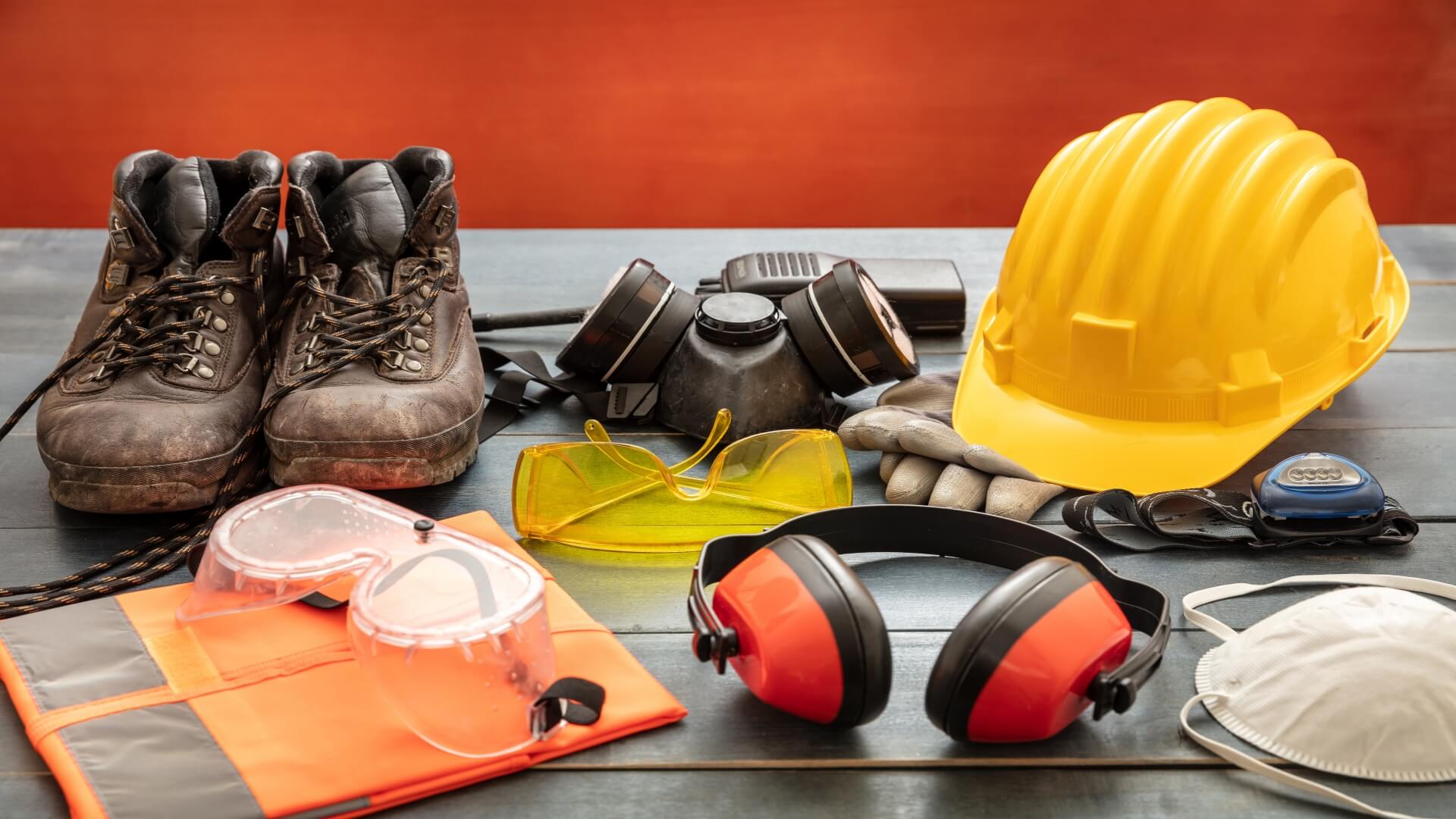
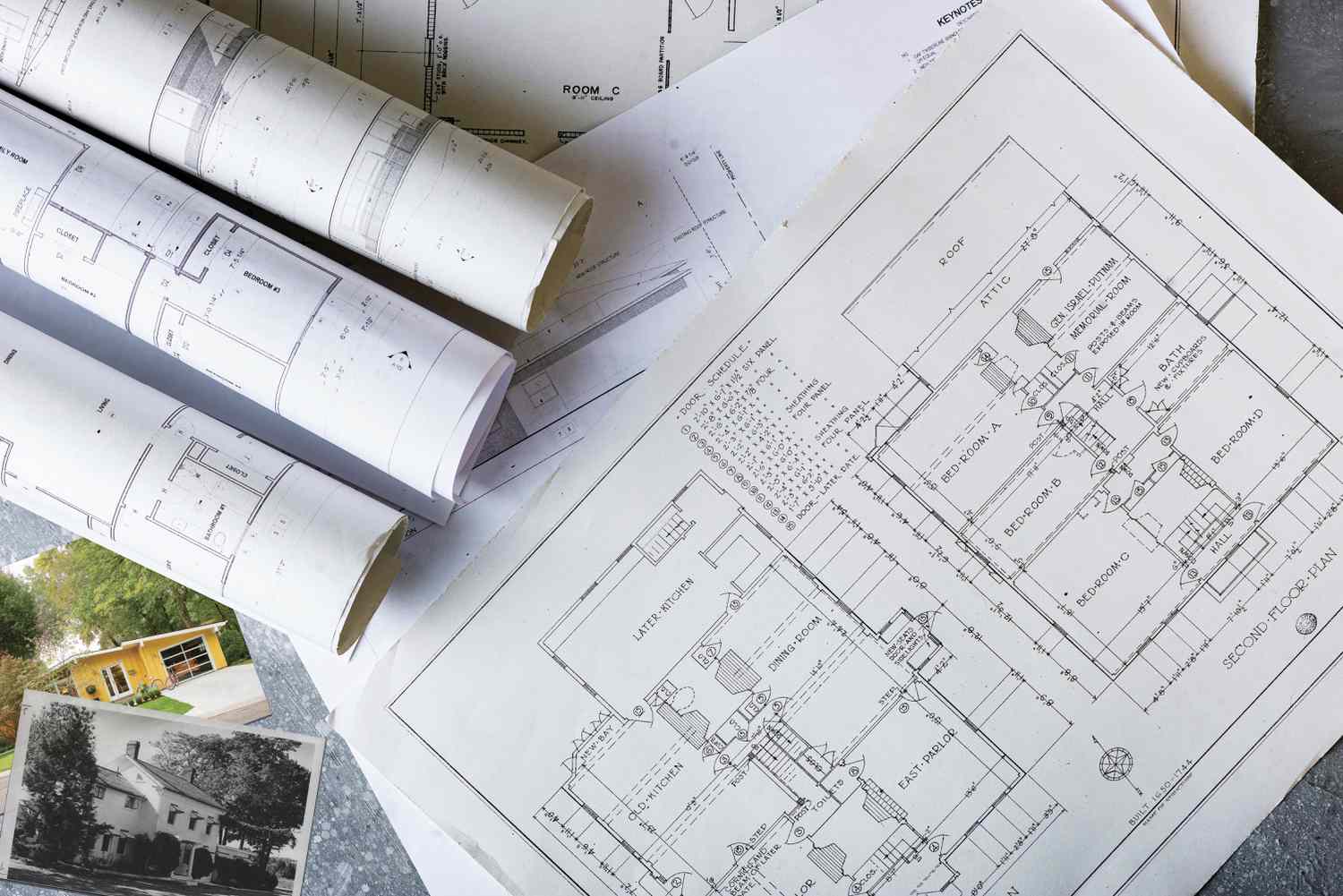
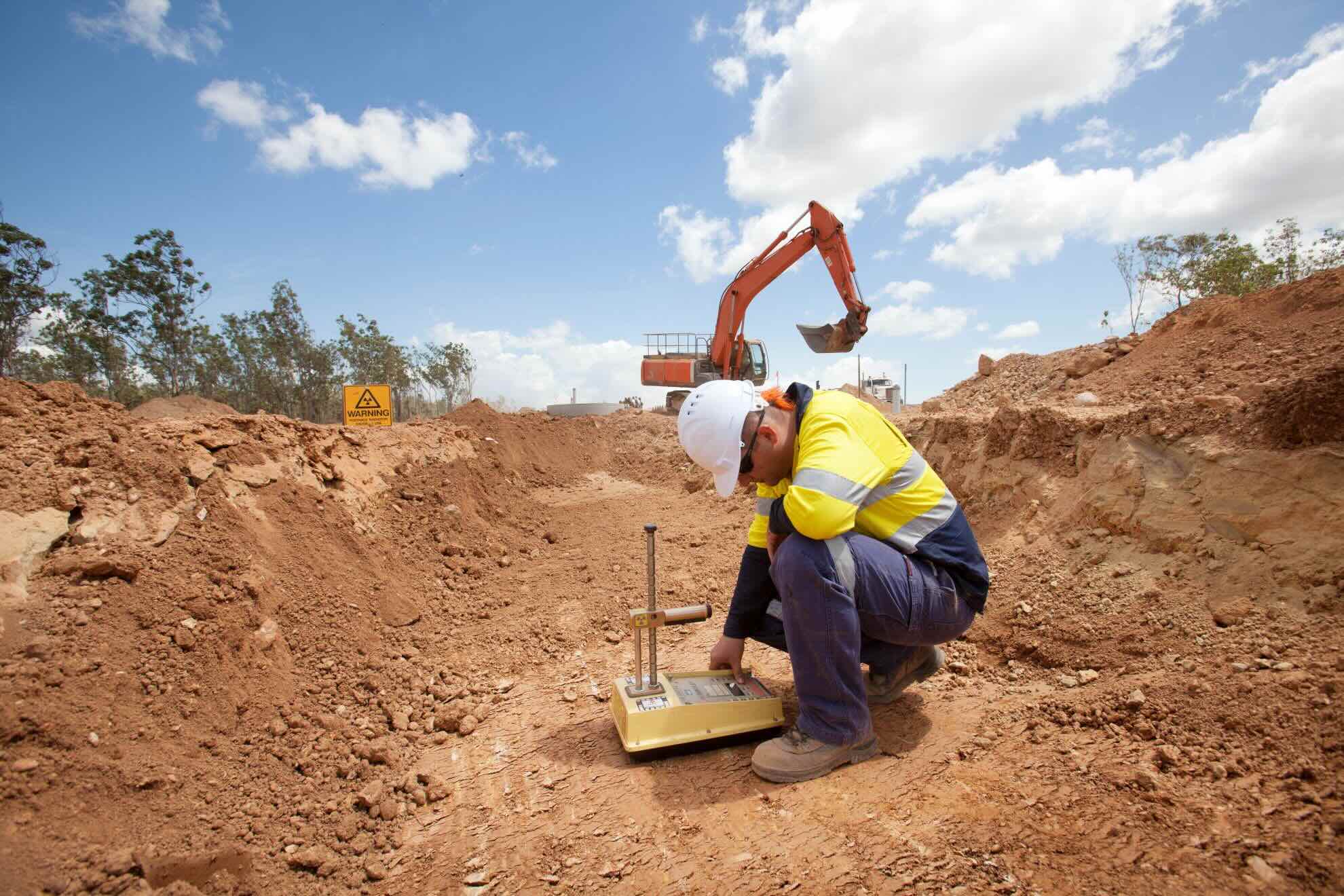

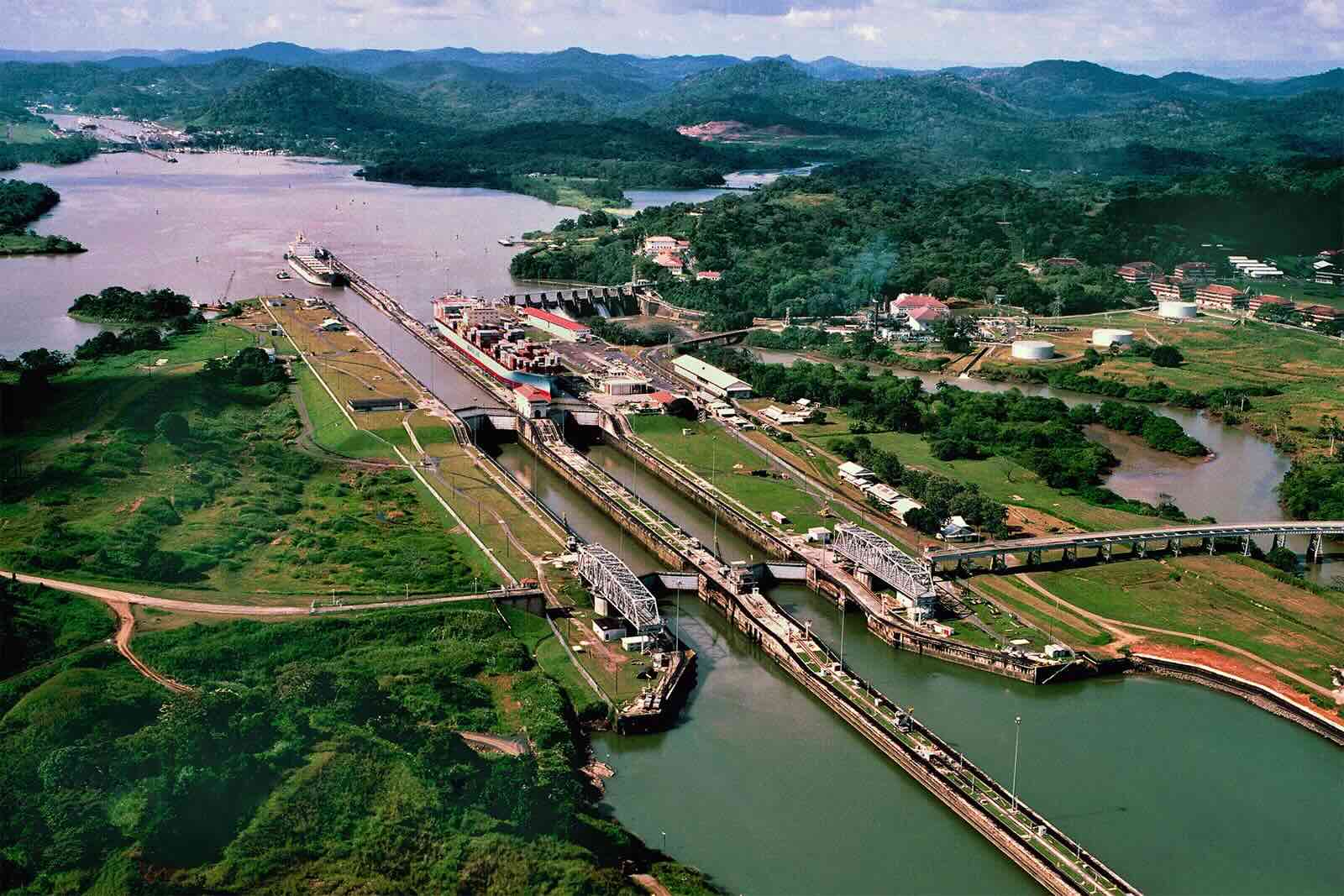


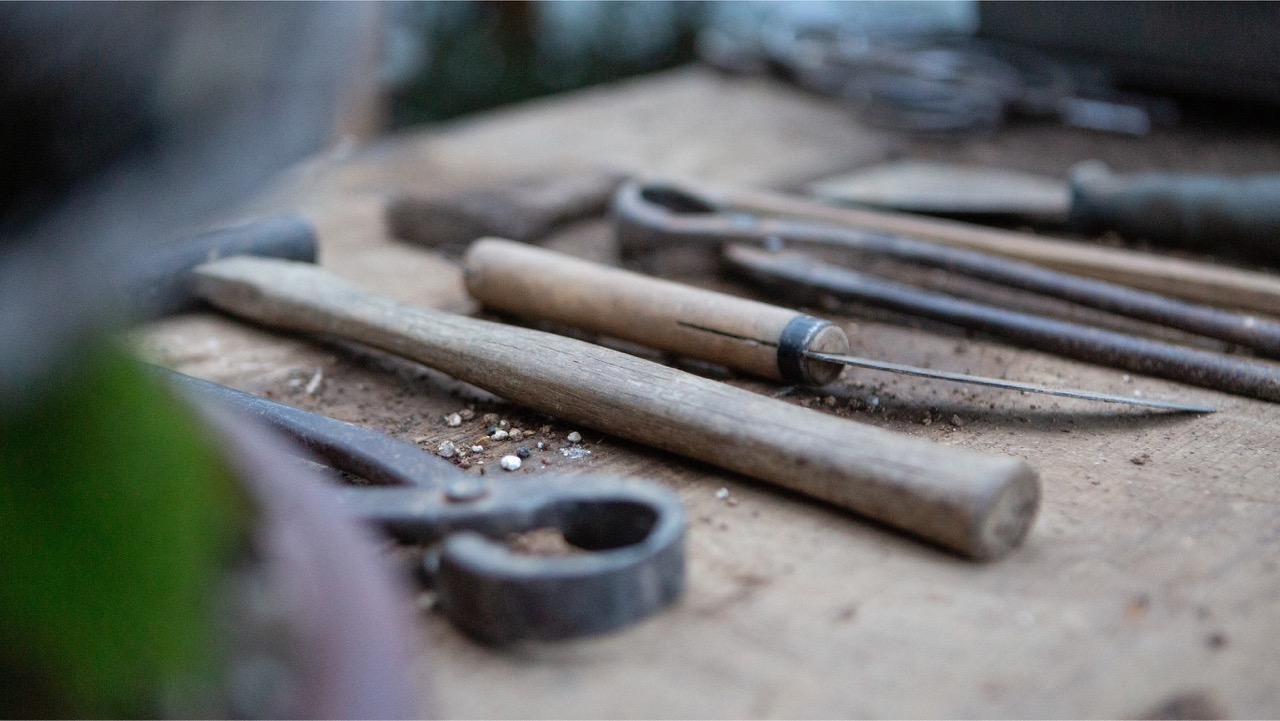

0 thoughts on “The Importance Of Proper Tools and Machinery At A Construction Site”